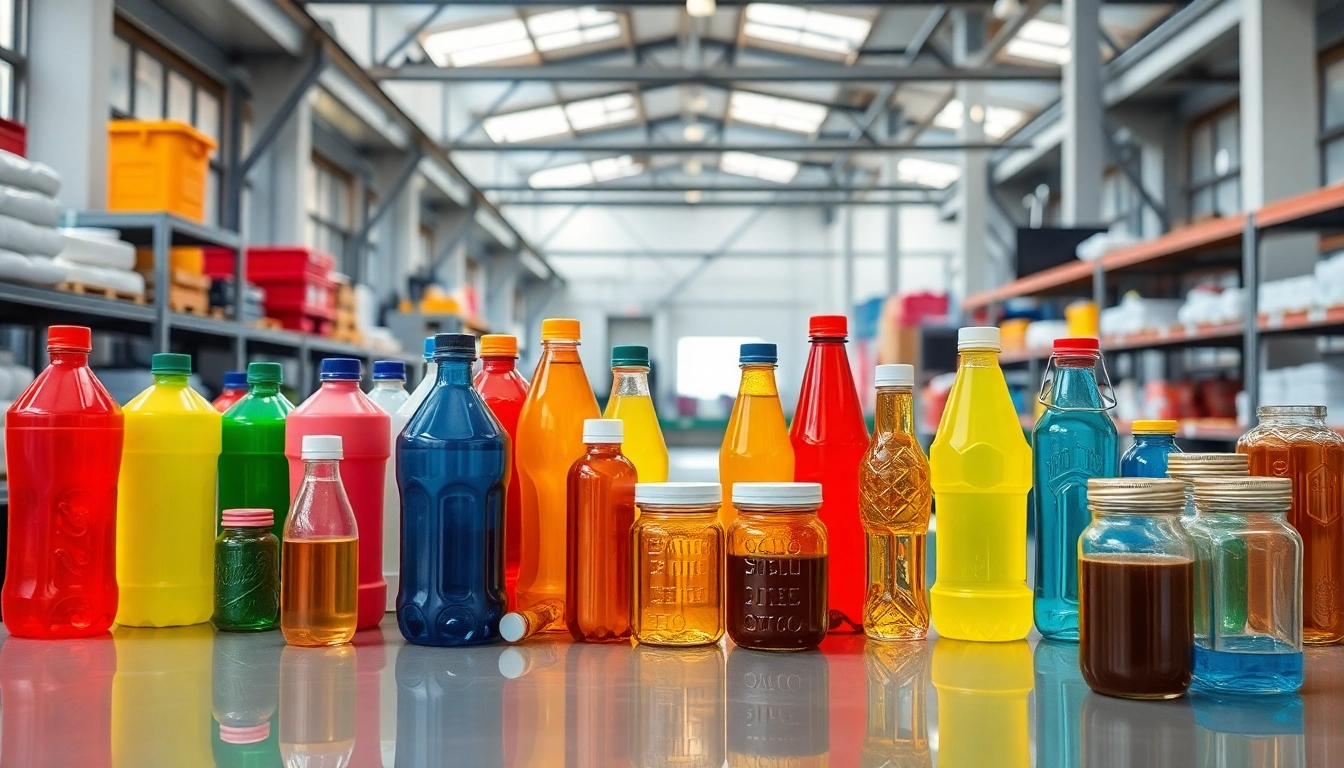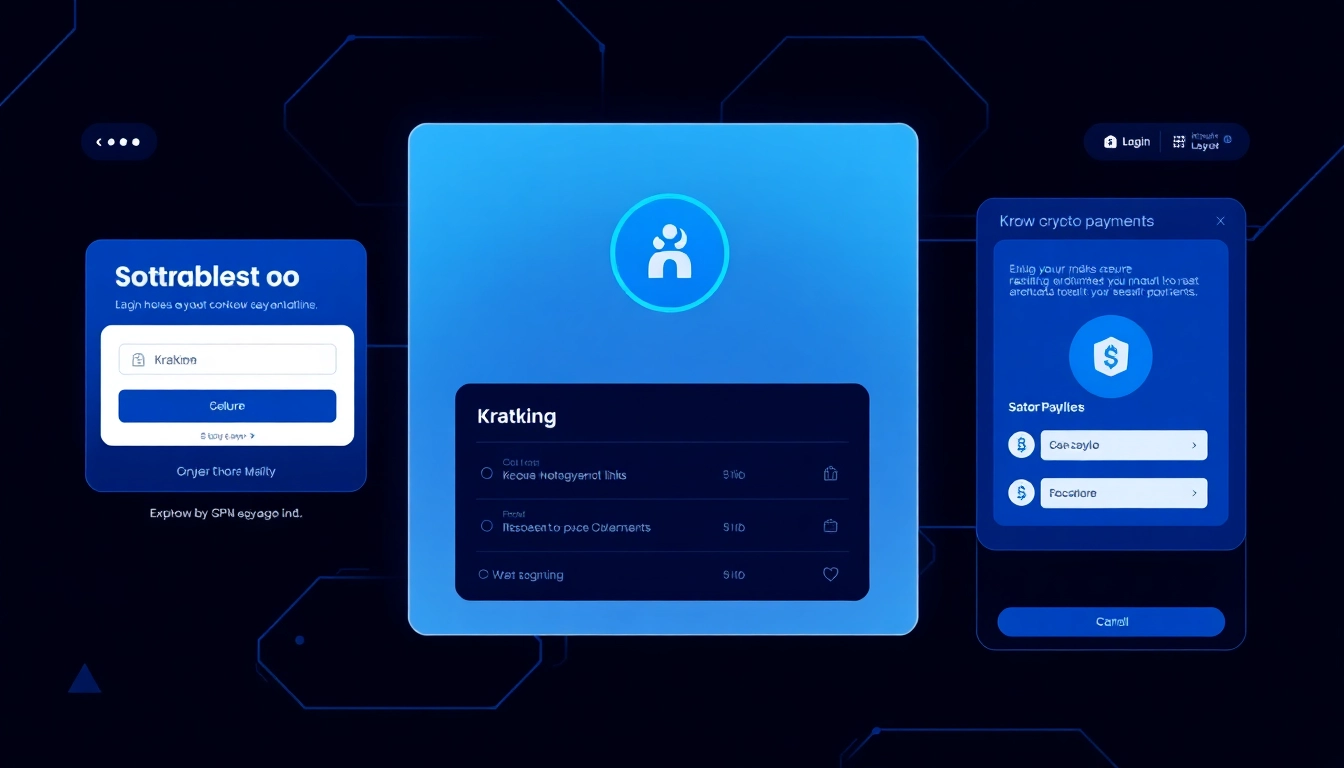Introduction to Plastic Sise and Packaging Products
The packaging industry plays a crucial role in the global supply chain, impacting sectors from food and beverage to cosmetics and pharmaceuticals. Among the core components of this industry are plastik şişe (plastic bottles), which serve as versatile containers for a wide array of products. These containers offer numerous advantages, including lightweight design, cost-effectiveness, and adaptability to various contents. As consumer preferences evolve and sustainability considerations become more pressing, understanding the nuances of quality plastic packaging and related products becomes essential for manufacturers, retailers, and end-users alike.
Overview of Plastic Sise Market Trends
The market for plastic bottles and packaging solutions has seen rapid growth over recent years, driven by increased demand for convenience, safety, and branding opportunities. The shift toward eco-friendly materials and innovative manufacturing techniques has reshaped the landscape, fostering the development of biodegradable plastics and reusable designs. Moreover, technological advances such as smart caps and tamper-evident mechanisms have enhanced product security and user experience, positioning plastic bottles as not just containers but strategic marketing tools.
Types and Variations of Plastik Sise
Plastic bottles or plastik şişe come in myriad shapes, sizes, and formulations tailored to specific applications. PET (Polyethylene Terephthalate) bottles are predominant in beverage packaging, praised for clarity and strength. HDPE (High-Density Polyethylene) bottles are preferred for chemicals or pharmaceuticals due to their superior chemical resistance. Additionally, specialized variants such as squeezable bottles, aerosol cans, and collapsible containers cater to niche markets. Customization options, including different neck finishes, colors, and embossing, enable brands to create distinctive product identities.
Benefits of Using Plastic Sise in Packaging
Adopting plastic bottles offers several strategic advantages. Their lightweight nature reduces transportation costs and carbon footprint. Their durability ensures contents remain protected from contamination and damage. Furthermore, plastic’s moldability allows for innovative design possibilities that improve user ergonomics and aesthetic appeal. Plastic bottles also facilitate precise portion control, which is critical in pharmaceutical and cosmetic industries. Coupled with cost-effective manufacturing, these factors make plastic bottles a preferred choice across multiple sectors.
Choosing the Right Plastik Sise and Cam Products
Material Selection and Durability
The choice of material significantly impacts the performance and sustainability of plastic packaging. PET is valued for transparency and strength, making it ideal for beverages. HDPE offers excellent chemical resistance and is suitable for detergents and chemicals. For applications requiring higher temperature tolerance, polypropylene (PP) is often preferred. Understanding the chemical compatibility and mechanical properties of these materials helps manufacturers select the appropriate plastic sise for their needs. Durability considerations also include resistance to UV light, impact, and environmental stressors, which prolongs the product’s lifespan and maintains its integrity.
Design and Customization Options
Design flexibility is a key advantage of plastic and glass packaging products. Customization encompasses shaping, coloring, printing, and adding functional features like ergonomic grips and unique neck finishes. Innovative designs can enhance user experience and reinforce brand identity. For example, embossing logos or using matte finishes can elevate aesthetic appeal. Modular accessories such as spray caps, dispensers, and leak-proof seals add further functionality, making the packaging more versatile and suitable for different usage scenarios.
Compatibility with Various Contents
Ensuring compatibility between the packaging material and the product inside is critical. Certain chemicals may react with plastic, leading to degradation or contamination. Therefore, selecting materials with proven chemical resistance guarantees product safety and maintains quality. For liquids, airtight seals and tamper-evident caps preserve freshness and prevent leakage. For powdered or granular products, the design must facilitate easy dispensing without compromising hygiene. Proper compatibility analysis enhances consumer trust and compliance with regulatory standards.
Best Practices for Handling and Storage of Plastik Sise
Proper Cleaning and Maintenance
Maintaining the hygiene and functionality of plastic bottles is essential, especially when reusing containers for multiple cycles. Gentle cleaning with suitable detergents and rinsing thoroughly prevents microbial growth and residue buildup. Avoiding abrasive scrubbers preserves surface integrity. Implementing standard cleaning protocols ensures longevity and safety, while also reducing product wastage and contamination risks.
Storage Conditions for Longevity
Optimal storage conditions—such as a cool, dry environment away from direct sunlight—extend the lifespan of plastic packaging. Exposure to excessive heat or UV rays can weaken the material, causing deformation or discoloration. Properly sealed containers prevent dust, moisture, and pests from compromising the contents. Maintaining recommended storage conditions not only protects the packaging but also preserves the quality and safety of the products stored within.
Safety and Regulatory Compliance
Adhering to local and international safety standards is vital for packaging compliance. Regulations such as FDA guidelines, European Union directives, and ISO standards govern material safety, labeling, and disposal. Using certified materials and following proper handling procedures minimizes legal risks and enhances consumer confidence. Clear labeling regarding material composition, recycling instructions, and expiration dates also contribute to responsible packaging practices.
Innovative Uses and Advantages of Cam and Accessories
Innovative Cam Mechanisms in Packaging
Cam mechanisms facilitate efficient and secure closure systems. Innovations include twist-off caps that ensure airtight seals, as well as flip-top and push-button designs that enhance ease of use. These mechanisms improve product preservation and reduce spillage or tampering. Advanced cam technologies can also incorporate child-proof features, critical for pharmaceuticals and chemicals, by requiring specific actions to open or close the containers securely.
Accessory Integration for Enhanced Functionality
Accessories such as spray nozzles, dispensers, and measuring caps extend the functionality of plastic and glass containers. For example, integrating pump sprays for cosmetics or aromatherapy products simplifies application. Leak-proof seals prevent accidental spills during transport and storage. Modular accessories allow customization based on product requirements, promoting efficiency and consumer satisfaction. Intelligent accessory design can also incorporate sustainable materials, aligning with eco-conscious branding strategies.
Case Studies of Effective Implementations
Leading brands have successfully utilized innovative cam and accessory systems to differentiate their products. For instance, a cosmetic company introduced a tamper-evident spray cap that increased consumer trust and reduced product wastage. Alternatively, a beverage manufacturer adopted lightweight, high-strength PET bottles with integrated ergonomic grips for better handling, significantly boosting customer satisfaction. These case studies exemplify how thoughtful integration of design and accessories can lead to tangible business benefits.
Market Insights and Future Outlook
Emerging Trends in Plastic and Glass Packaging
The packaging sector is witnessing trends such as the adoption of sustainable materials, smart packaging solutions with embedded sensors, and personalized packaging designs. Bioplastics derived from renewable sources are gaining popularity, reducing environmental impact. Smart caps that monitor freshness or temperature are gradually entering mass markets, offering enhanced consumer interaction. Customization and digital printing enable brands to differentiate in saturated markets.
Environmental Considerations and Sustainability
Sustainability is reshaping industry standards, prompting manufacturers to optimize material use, promote recyclability, and reduce carbon footprints. Innovations include refillable bottles, biodegradable plastics, and circular economy models that emphasize reuse and recycling. Consumer awareness around environmental issues encourages companies to adopt green practices, resulting in long-term brand loyalty and compliance with evolving regulations.
How to Stay Ahead in the Plastic Packaging Industry
Staying competitive requires continuous innovation, investment in R&D, and a commitment to environmental responsibility. Companies should monitor market trends, embrace technological advances, and establish robust supply chains for sustainable materials. Collaborating with design and engineering experts can unlock customization possibilities. Prioritizing quality control, regulatory compliance, and consumer feedback ensures products meet or exceed expectations, securing industry leadership and customer trust.



